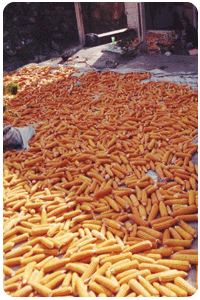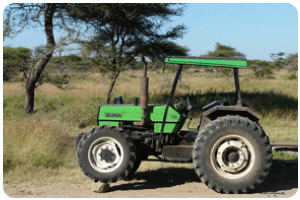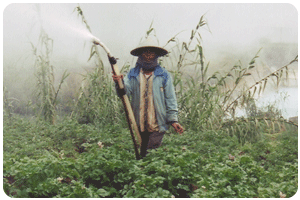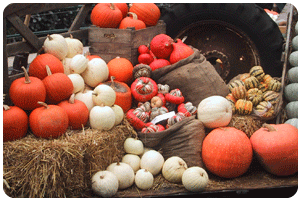
Types of Farming
- Arable farming: growing crops.
- Pastoral farming: rearing and caring for livestock.
- Extensive farming: large areas of cheaper land with few capital inputs.
- Intensive farming: small scale farming that requires significant capital inputs (greenhouses, irrigation, fertiliser etc) to maximise output.
- Commercial farming: sell the produce, profit orientated.
- Subsistence farming: farming to satisfy own needs with very little
(if any) surplus to sell. - Monocultures: large plantations of just one type of crop (palm oil, bananas).

Inputs
- These are the items/factors that are needed for the system to start and continue functioning.
- land (fields).
- labour (workers).
- Capital (tractors, seeds, fertilisers, pesticides, animal feed, irrigation etc.

Processes
- These are the things that need to be done in to produce the item.
- Ploughing, sowing seeds, harvesting.
- Feeding animals, sheering, vaccinating.
- Irrigating, spraying chemicals.

Ouputs
- This includes the final product but also any waste or by-products.
- Grains (corn, wheat, rice).
- Meat (beef, chicken,)
- Dairy (eggs, milk).
- Waste (manure, crop stalks)

Changes in Farming
- Recently farming has become increasingly mechanised to reduce labour costs and increase efficiency.
- Tractors can plough & spray fields with 1 worker in a short period of time.
- Combine-harvesters are able to use GPS systems to harvest crops on very large fields without a driver.
- Mobile phones and the internet are allowing rural farmers in LEDCs to be knowledgeable about the market prices for their products and get a better deal from the buyers.
The Green Revolution
In the 1970s scientists started to adapt the genetic makeup of crops to improve global food supplies.
They produced HYVs (High Yield Varieties) which produced more grain per plant than standard crops and allowed more than one crop per year. Genetically modifying the seeds also allowed them to make them more resistant to droughts and disease.
The downside of these seeds is that they need to be purchased each year which is expensive.
The revolution was successful in MEDCs which could afford expensive irrigation and to buy the seeds each year.
In many LEDCs farmers invested in the seeds often getting into debt. They did indeed increase crops which led to the price of food falling leading to many famer’s unable repay the loan & buy new seeds for the next year.



